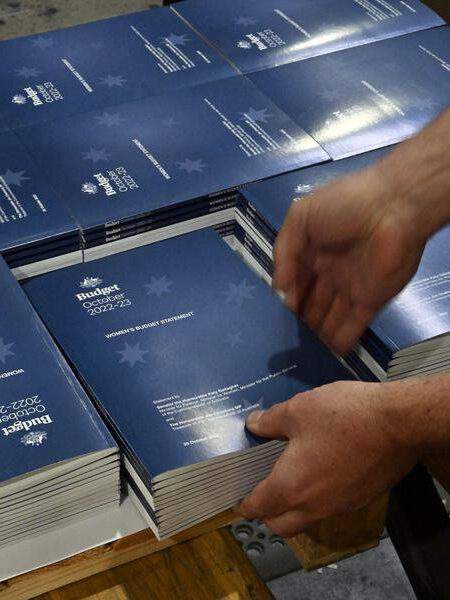Australia’s First Nations Peoples, particularly those living in remote settlements, are disproportionately vulnerable to the impacts of climate change. Sea level rise, longer droughts, prolonged heat waves and extreme weather events are projected to cause infrastructure damage and place pressure on emergency services in remote regions. Rising temperatures across northern Australia will also increase the incidence of infectious pathogens and frequency of heat stress. These impacts are compounded by existing social and economic disadvantage in Aboriginal and Torres Strait Islander communities.
It is increasingly evident that climate change will have such an immense impact on First Nations Peoples because of the intrinsic connection between the health of Community and the health of Country.
In this context, Country refers to the reciprocal relationship between First Nations Peoples and their ancestral land and seas that is upheld by traditional knowledge. Country implies more than just the physical landscape, and is often described by Aboriginal and Torres Strait Islander peoples as a living entity with a spiritual presence.
For First Nations Peoples, cultural heritage encompasses the management of living culture and cultural landscapes through ongoing protection of Country, rather than preserving something from the past. In caring for Country, Aboriginal and Torres Strait Islander peoples maintain a sense of responsibility for, and a right to be involved in, the management of their traditional lands.
As First Nations Peoples’ concept of health is inherently holistic – drawing links between physical, social, cultural, spiritual, emotional, and environmental wellbeing – evidence suggests that being involved in the protection of Country can significantly improve their sense of identity and wellbeing. Public health research has found that Aboriginal and Torres Strait Islander peoples involved in activities that incorporate ‘caring for Country’ are more likely to be physically active, have better diets and reduced rates of obesity, diabetes, renal disease, cardiovascular disease and psychological distress. At the same time, there is a growing awareness about the benefits of First Nations’ land management practices for environmental sustainability and mitigating the impacts of climate change.
Despite recognition of the relationship between Aboriginal and Torres Strait Islander cultural heritage and public health outcomes, legal protections for First Nations’ cultural heritage have historically proven to be largely ineffective. This is, in part, due to the reductionist distinction between ‘environment’ and ‘Indigenous cultural heritage’ that prevails in courts, overlooking the fact that it is impossible to protect individual heritage sites without protecting the surrounding environment. Pieces of heritage, including parts of the landscape or stand-alone sacred sites, become compartmentalised from the more holistic concept of ‘Country’.
However, recent developments in heritage protection suggest that this might be changing.
In May 2019, a Torres Strait Islanders action group – the Torres Strait 8 – lodged a landmark human rights complaint to the United Nations against the Australian Federal government. As low-lying islands, the Torres Strait region is particularly vulnerable to the effects of climate change with beach erosion, coastal inundation and storm surges due to climate change already posing major hazards threatening Torres Strait communities and their cultural heritage sites.
There are concerns about how Ailan Kastom (Island Culture) would be impacted in the event of population displacement caused by rising sea levels. Significantly, the complaint launched by the Torres Strait 8 accused the Federal government of breaching their ‘fundamental rights to culture and life’ by failing to act on climate change. Watch this space!
More recently, the Wreck Bay Aboriginal community in Jervis Bay has launched a class action against the Federal government, claiming that their lands have suffered chemical contamination after the Department of Defence allowed perfluoroalkyl and polyfluoroalkyl (PFAS) chemicals to leach into surface water, groundwater, and soil. Chemical contamination has ended cultural practices that have endured for thousands of years, preventing the Wreck Bay Aboriginal community from passing down their traditional knowledge to the next generation. The class action not only makes claims for the loss in property value and for inconvenience, but also for loss of culture.
There is clearly a pressing need for greater legislative protections for First Nations’ cultural heritage that encapsulates the intrinsic connection between Country and culture, and also recognises the essential part heritage plays in Aboriginal and Torres Strait Islander peoples’ health and well-being. These landmark cases currently before the courts and international bodies, when resolved, will undoubtedly set precedents that become increasingly relevant as the compounded threats of climate change and environmental degradation impact on First Nations’ cultural heritage in Australia.




